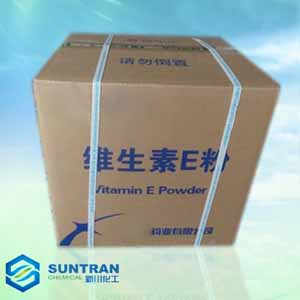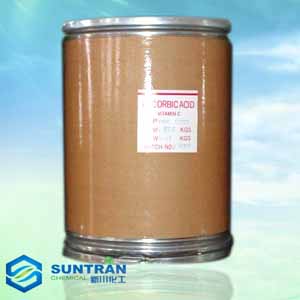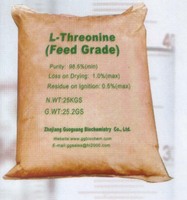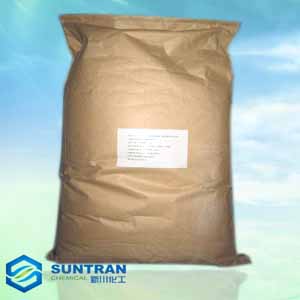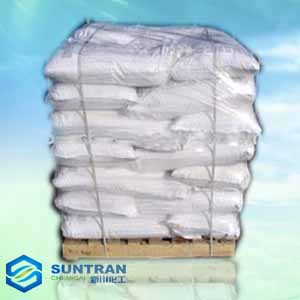
As a food additive, sodium alginate is used especially in the production of gel-like foods. For example, bakers' "Chellies" are often gelled alginate "jam." Also, the pimento stuffing in prepared cocktail olives is usually injected as a slurry at the same time that the stone is ejected; the slurry is subsequently set by immersing the olive in a solution of a calcium salt which causes rapid gelation by electrostatic cross-linking. A similar process can be used to make "chunks" of everything from cat food through "reformed" ham or fish to "fruit" pieces for pies.
A major application for sodium alginate is as thickener for reactive dyestuffs (such as the Procion cotton-reactive dyes) in textile screen-printing and carpet jet-printing. Alginates do not react with these dyes and wash out easily, unlike starch-based thickeners.
|
No. |
Item |
Standard(BP98/US24) |
Test Result |
|
1 |
APPEARANCE |
WHITE POWDER |
WHITE POWDER |
|
2 |
PARTICULE SIZE |
ACCORDING TO REQUEST |
120 |
|
3 |
VISCOSITY |
ACCORDING TO REQUEST |
560 |
|
4 |
CONTENT |
90.8%-106.0% |
99.6 |
|
5 |
LOSS ON DRYING |
≦15% |
14.8 |
|
6 |
WATER-INSOUBLE MATTER |
≦2% |
1 |
|
7 |
RORMALDEHYDE |
≦50mg/kg |
10 |
|
8 |
ARSENIC |
≦3mg/kg |
<3 |
|
9 |
LEAD |
≦5mg/kg |
<5 |
|
10 |
MERCURY |
≦1mg/kg |
<1 |
|
11 |
CADMIUM |
≦1mg/kg |
<1 |
|
12 |
TOTAL PLATE COUNT |
<5000cfu/g |
4000 |
|
13 |
YEASTS AND MOULDS |
<500cfu/g |
300 |
|
14 |
ESCHERICHIA COLI |
NEGATIVE IN |
NEGATIVE |
|
15 |
SALMONELLA |
NEGATIVE IN |
NEGATIVE |


